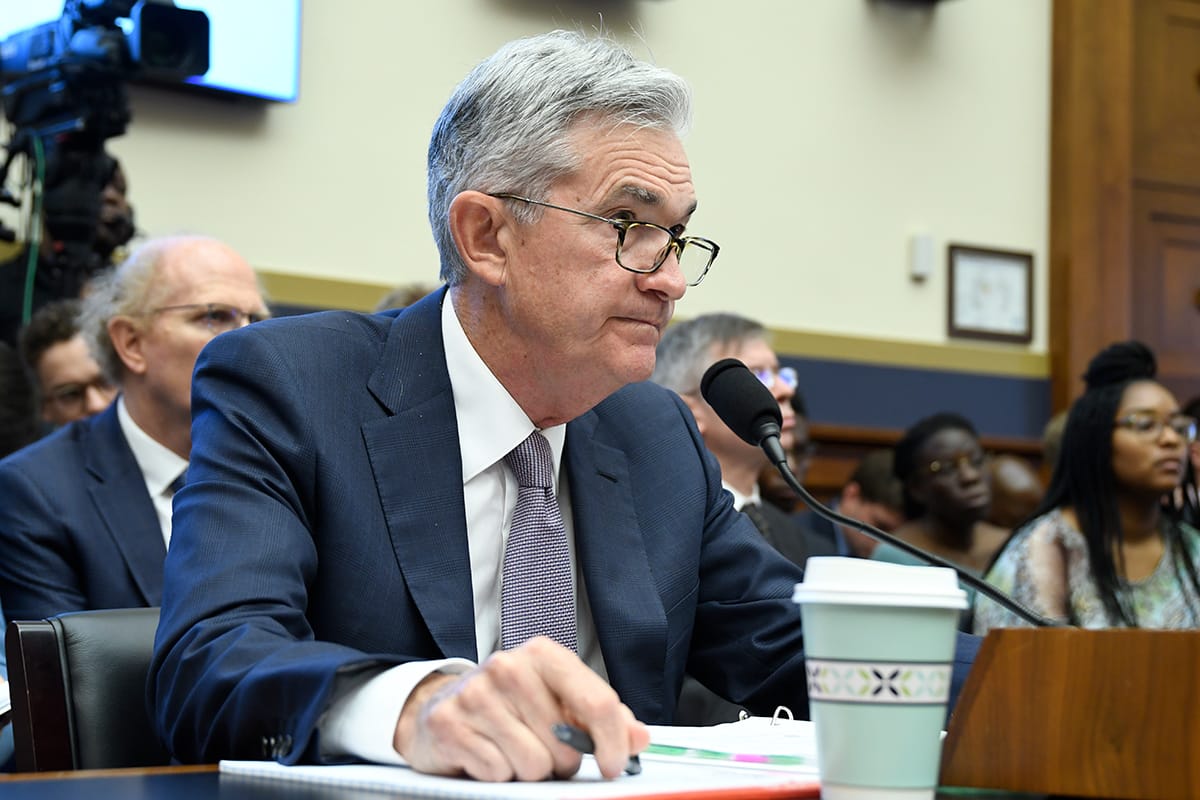The Federal Reserve is poised to hold steady on interest rates at its next meeting, a decision that comes amid a backdrop of economic crosscurrents and political pronouncements. While former President Donald Trump has publicly advocated for the central bank to lower rates, the consensus among market analysts and economists is that the Federal Reserve will likely maintain its current stance. The central bank’s primary mandate is to foster price stability and full employment. This dual objective has guided its recent actions, which have involved a series of interest rate increases aimed at curbing inflation. These rate hikes have had a noticeable effect on the economy, with borrowing costs rising for consumers and businesses alike. The impact of these measures has been to slow some sectors of the economy while also showing some impact on inflation numbers. The Federal Reserve’s approach has been data-driven, with policymakers scrutinizing a wide range of economic indicators before making any decisions regarding monetary policy. These indicators include employment figures, inflation rates, and GDP growth. The Federal Reserve’s strategy in the last year was to raise the federal funds rate in an attempt to bring down the inflation rates. That decision came as the economy was exiting the COVID-19 pandemic and starting to return to normalcy. While those increases seemed to show some success in controlling inflation, they also caused concerns about the potential of an economic slowdown. The current debate about rate policy highlights the challenges faced by the central bank, as it must navigate the complexities of the domestic economy, as well as the complexities of global trends and political pressures. The calls for interest rate cuts from Trump introduces an additional layer of political consideration. These calls are not new and have been part of his rhetoric both in and out of office. The calls usually come at a time of economic uncertainty or when the Federal Reserve decisions were not coinciding with his administration’s goals. However, the central bank is designed to operate independently of political influence. Its independence is seen as crucial to ensuring monetary policy is made based on economic data and analysis rather than political considerations. Therefore, this independence will be tested in the coming months with this rate decision. The Federal Reserve’s decision is also being monitored closely by investors. Any change in interest rates can have a major effect on the performance of financial markets. A decision to maintain rates could help to calm concerns of an economy which is slowing, as this would be an indication of a move by the central bank to be more cautious. At the same time, a decision to cut rates could also bring more uncertainty, as some might view it as not being data-driven. Ultimately, the Federal Reserve is expected to adopt a careful approach, balancing the risks of higher inflation with the potential of economic slowdown. This would mean any decisions on interest rate changes will likely be gradual and closely tied to the prevailing economic data. The decision will have to balance the need to control prices with the potential negative effects on the economy. The Federal Reserve has the mandate to maintain full employment and stable prices. This is a difficult task as it needs to carefully choose its policy stance to not tip the scales too far. The public debate also brings in considerations from diverse stakeholders. There are many who believe that the Federal Reserve is already too late in its actions and have caused some damage by the aggressive interest rate hikes. The public debate on the Federal Reserve policy will continue to be a constant discussion point. The Federal Reserve is not an administration of the government, but an independent entity. As such, the decisions of the Federal Reserve need to be seen in that context. This policy will be highly debated as the data is continuously released, which will bring forward different arguments, and push forward different policies based on the data at the time. In short, the decision at the next meeting will be a landmark decision, and will likely drive the economy in different ways in the short and long term.
Federal Reserve Policy Anticipated Amidst Calls for Rate Adjustments



